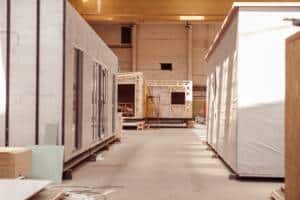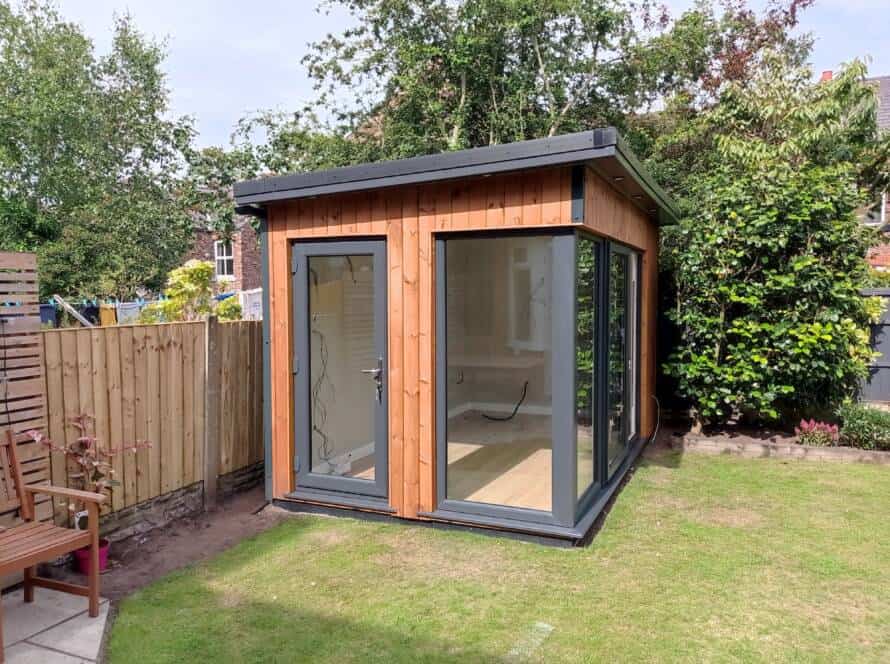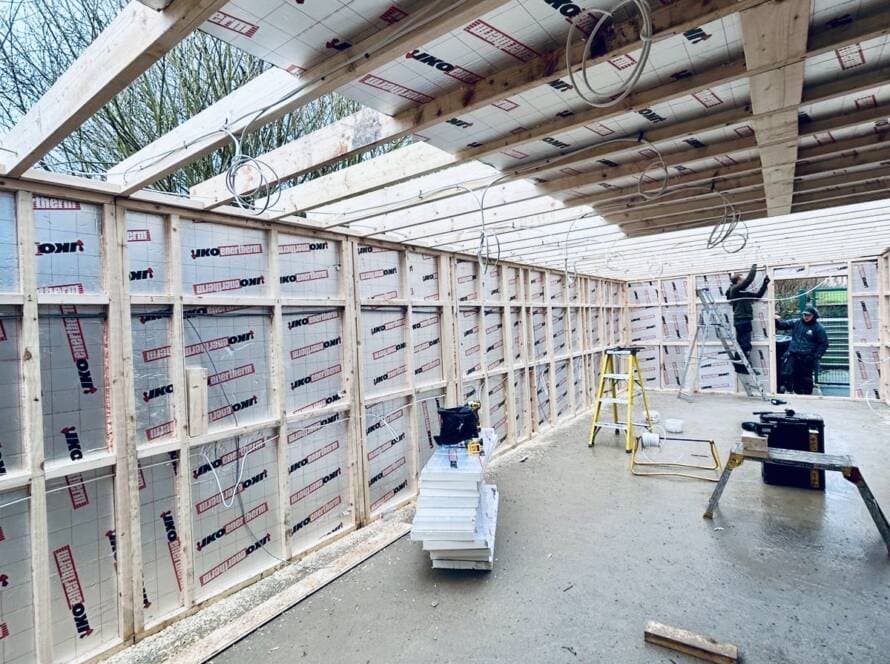In an era where sustainability and eco-consciousness are at the forefront of construction practices, timber construction stands out as a leading solution for maximising energy efficiency and reducing environmental impact. In this article, we’ll delve into the myriad benefits of timber construction for energy-efficient buildings and explore how this eco-friendly approach can contribute to a greener future.
The Green Advantages of Timber Construction
Timber, as a building material, boasts a multitude of environmental benefits that make it a preferred choice for energy-efficient construction. Unlike traditional building materials such as concrete and steel, timber is renewable, biodegradable, and has a significantly lower carbon footprint. By opting for timber construction, builders can significantly reduce the environmental impact of their projects and contribute to sustainability efforts.
Enhanced Insulation and Thermal Performance
One of the key advantages of timber construction is its superior insulation properties. Timber acts as a natural insulator, effectively regulating indoor temperatures and reducing the need for artificial heating and cooling. Buildings constructed with timber boast excellent thermal performance, maintaining comfortable interior temperatures year-round while minimising energy consumption and utility costs.
Airtightness and Moisture Control
Timber construction allows for precise detailing and tight construction tolerances, resulting in buildings that are inherently airtight. Airtightness is crucial for energy efficiency as it prevents heat loss and air infiltration, ensuring that conditioned air remains inside the building envelope. Additionally, timber’s natural moisture-regulating properties help to maintain optimal indoor humidity levels, creating a healthier and more comfortable living environment.
Energy-Efficient Design Options
Timber construction offers endless design possibilities for energy-efficient buildings. From traditional timber frame construction to innovative mass timber systems such as cross-laminated timber (CLT) and glued-laminated timber (glulam), there are numerous options to suit various architectural styles and project requirements. These prefabricated timber components can be precision-engineered offsite, minimising waste and construction time while maximising energy efficiency.
Renewable and Sustainable
Timber is a renewable resource that can be sustainably harvested and replenished, making it an inherently sustainable building material. By choosing timber construction, builders can support responsible forestry practices and contribute to the preservation of forest ecosystems. Furthermore, timber buildings have the potential for carbon sequestration, as wood stores carbon throughout its lifecycle, helping to mitigate climate change.
The Future of Energy-Efficient Construction
As the demand for sustainable and energy-efficient buildings continues to grow, timber construction is poised to play a pivotal role in shaping the future of the construction industry. With its unparalleled environmental benefits, superior insulation properties, and versatile design options, timber offers a compelling solution for builders and developers looking to create high-performance, eco-friendly buildings that stand the test of time.
Conclusion: Building a Greener Tomorrow with Timber
Timber construction represents a paradigm shift towards more sustainable and energy-efficient building practices. By harnessing the natural properties of timber and embracing innovative design solutions, builders can create buildings that not only minimise environmental impact but also enhance occupant comfort and well-being. As we strive towards a greener future, timber construction stands as a beacon of hope for a more sustainable built environment.




